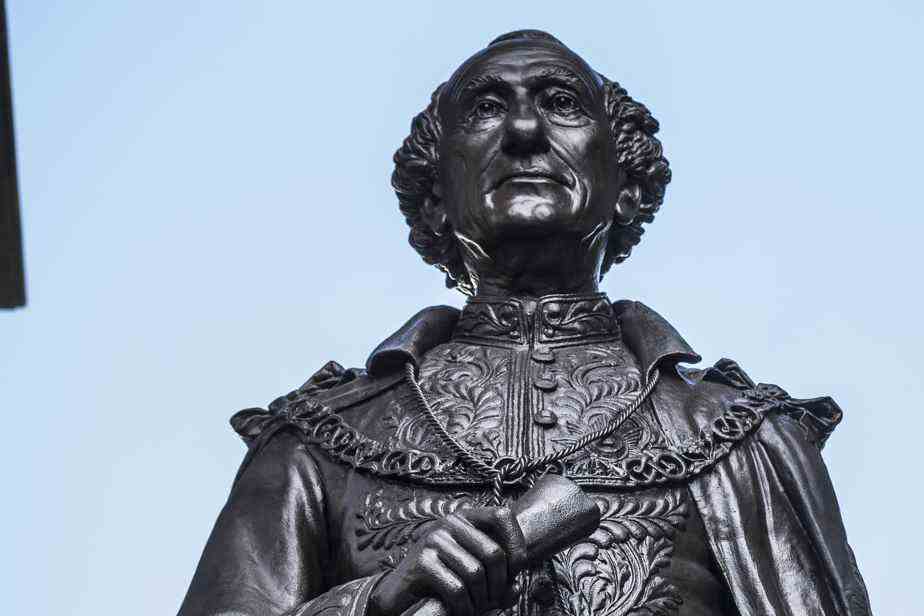It has now been more than two years since the statue of Sir John A. Macdonald was ripped from its plinth in place of Canada, pulled down — following the murder of George Floyd — in the wake of a global movement opposing the public celebration of racist figures of the past.
Since its fall, the statue has been in storage while the City of Montreal determines its fate and that of the elaborate monument that remains. Some clues as to what the future holds have now been revealed in the preliminary report tabled by a special committee, appointed by the City and composed mainly of independent experts.
This committee is to be commended for its unequivocal recommendation that Macdonald not be reinstated on its pedestal, recognizing that the era of celebrating someone associated with genocidal measures such as the establishment of residential schools for Indians is now gone. Other statues of Macdonald have already been removed in Victoria, Regina, Charlottetown and Kingston. In this context, the special committee’s proposal, if accepted, would put Montreal on the right side of history.
However, in a way, the choice to leave Macdonald in storage is the easy part of the process; deciding what to do next is more complex.
In this regard, the committee’s report lacks a little imagination. The committee suggests that the City use a variety of tools, including digital techniques, installing a plaque detailing Macdonald’s entire legacy, and holding annual commemorative events in honor of those who have suffered from his actions.
But the committee’s most visible and expensive idea is the creation of a new piece of public art on or near the pedestal where Macdonald stood, something the committee calls “physical marking [qui] would ensure the sustainability of the reinterpretation”. In other words, we would be replacing one permanent work of public art with another. But why ?
Around the world, the landscape is cluttered with permanent structures, suggesting that what is known of the past is immutable. But the monument to Macdonald shows precisely what happens when new insights and information—such as the exhumation of the remains of children who died in residential schools—emerge, leaving behind structures that are no longer appropriate.
Œrotating works
However, there is another model that would allow the monument to be converted on a less permanent basis. This model is in London, in Trafalgar Square, where four pedestals were erected in the 19th century.e century to accommodate statues celebrating a glorious imperial past. While three of these pedestals found takers, the fourth sat empty when funds ran out, at least until 1998, when it became the site of a series of temporary public art projects that continues nowadays. The Fourth Plinth is a huge success, attracting visitors from all over the world to see the rotating works.
Montreal now has the opportunity to adopt the same concept for the space vacated by the Macdonald statue.
Guided by communities affected by Macdonald’s policies, artists could develop temporary projects inspired by various aspects of his legacy.
The converted space would thus amplify the voices of the racialized communities who have suffered the most from its actions.
And since these would be temporary installations, they would not carry the same costs as a permanent project. Such a program would also allow us to transcend the notion of the 19e century that the public representation of the past should be carved in stone or cast in bronze. Voices often excluded from the public space could then be heard.
Here we have a chance to achieve something important and original, provided we show imagination.

